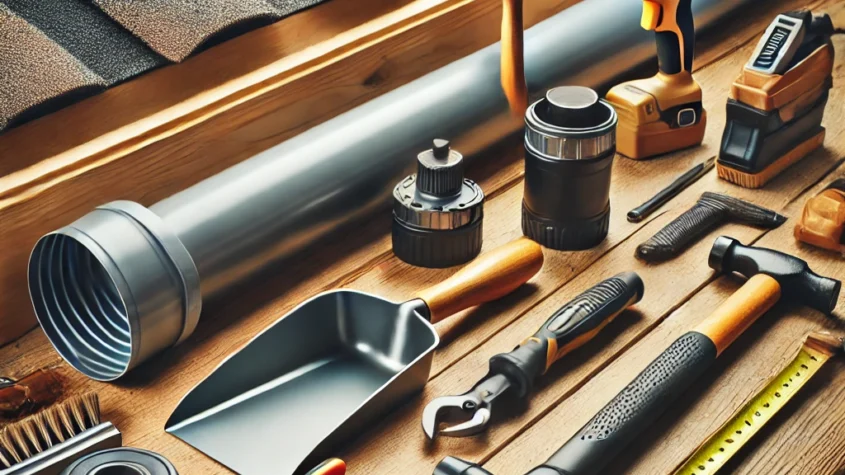
ACM panel installers specialize in the precise fitting and securing of aluminum composite material panels on building exteriors. Their expertise ensures panels are mounted correctly to provide durability, weather resistance, and a sleek aesthetic. Hiring experienced ACM panel installers is essential for achieving a long-lasting and professionally finished facade that meets safety and performance standards.
These professionals are trained in a variety of installation techniques, including wet and dry systems, and understand the importance of proper ventilation and weather barriers. Each project requires attention to detail to avoid common issues like water infiltration or panel warping.
Skilled ACM installers also manage supply, fabrication, and customization, adapting to diverse architectural designs and climates. This expertise significantly contributes to the overall success and longevity of commercial and residential cladding projects.
ACM Panel Installation Overview
ACM panel installation involves selecting appropriate panel types, using specific tools and materials, applying installation techniques, and following regulatory standards. Each factor contributes to the durability, safety, and aesthetic quality of the finished cladding system.
Types of ACM Panels
ACM panels mainly consist of two aluminum sheets bonded to a core material. Common core types include polyethylene (PE) for interior use and fire-resistant mineral cores for exterior applications.
Panels vary in thickness, finish, and coating. Popular finishes include PVDF and polyester, providing durability and color retention. Specialized panels may include perforated or curved designs for architectural effects.
Choosing the right type depends on climate, building codes, and design goals. Fire resistance and weight are critical for multi-story applications. Panels designed for rainscreen systems improve moisture management through ventilation.
Essential Tools and Materials
Installation requires basic tools such as drills, screws, measuring tapes, and cutting tools like saws with carbide blades.
Specialized materials include weather-resistant barriers and substrates like metal framing or treated wood. These provide a stable base for panel attachment.
Fasteners must be corrosion-resistant, often stainless steel or coated, to ensure longevity. Sealants and gaskets are also necessary to prevent water infiltration and allow for thermal expansion.
Safety equipment such as gloves, goggles, and scaffolding should be used to protect installers during the process.
Installation Methods
ACM panels are installed using mechanical fastening or adhesive systems. Mechanical fastening involves screwing or riveting panels onto a substrate or framing system.
Rainscreen installation is common, creating a ventilated cavity behind panels to improve moisture drainage and thermal performance.
Panels usually require precise cutting to fit custom dimensions. Joints are sealed with appropriate materials to prevent water penetration and allow for movement.
Installers must ensure panels remain flat and aligned. Correct installation avoids panel bending or warping and reduces future maintenance.
Compliance and Standards
Installers must follow local building codes and fire safety regulations, which vary by region.
In many areas, fire-resistance ratings dictate the type of ACM panel core allowed on exterior walls. Non-combustible or fire-rated panels are often required for high-rise buildings.
Installation standards specify proper attachment methods, substrate preparation, and waterproofing techniques.
Certification by recognized bodies ensures panels and installation processes meet industry standards. Compliance reduces risk of building failures and guarantees warranty validity.
Selecting and Working With ACM Panel Installers
Choosing the right installer ensures the ACM panels are fitted correctly and perform well over time. Proper planning and awareness of common challenges help maintain project efficiency and quality.
Qualities of Expert ACM Installers
Expert ACM installers demonstrate precision and a strong understanding of installation techniques. They follow best practices, ensuring panels align perfectly without gaps or misfits.
Experience with local climate effects, such as cold conditions, is critical for durability. Skilled installers handle both wet and dry systems and prioritize safety measures like fire resistance.
Professional installers also document every step, facilitating future maintenance. Their attention to detail minimizes material waste and reduces overall costs.
Project Planning and Site Preparation
Thorough planning includes surveying the site and assessing structural support, ensuring compatibility with ACM panels. Installers prepare surfaces to be clean, dry, and level to promote adhesion and prevent damage.
They coordinate material delivery and storage, protecting panels from weather exposure. Clear communication with builders and designers helps integrate panels seamlessly into the building’s design.
Safety protocols and equipment setup are verified before work begins. Proper site preparation reduces installation errors and shortens project timelines.
Common Challenges in ACM Panel Installation
One frequent challenge is ensuring panel flatness to prevent bending or warping over time. Installers counter this through precise fastening and support frameworks.
Temperature fluctuations can cause expansion or contraction, so installers allow for movement by using flexible joints and appropriate sealants.
Managing panel alignment around corners and openings demands skill to avoid gaps that compromise weatherproofing. Mistakes here often lead to costly rework or leaks.
Proper handling of heavy panels reduces the risk of damage during installation. Installers use specialized tools and techniques to maintain panel integrity.
British Virgin Islands Company Registration Guide for Seamless Offshore Setup
Registering a company in the British Virgin Islands (BVI) is a straightforward process tha…









